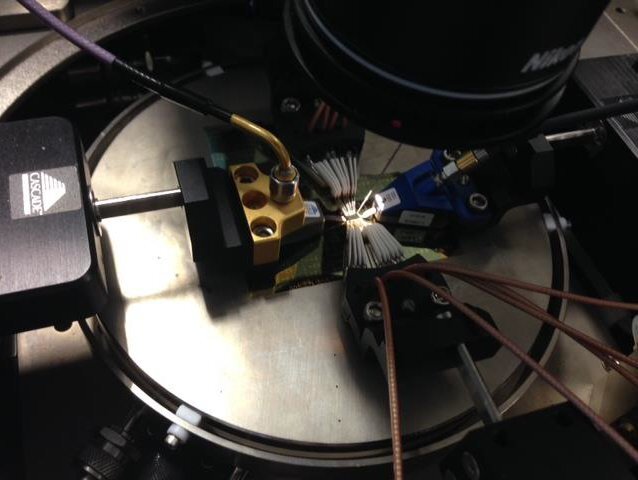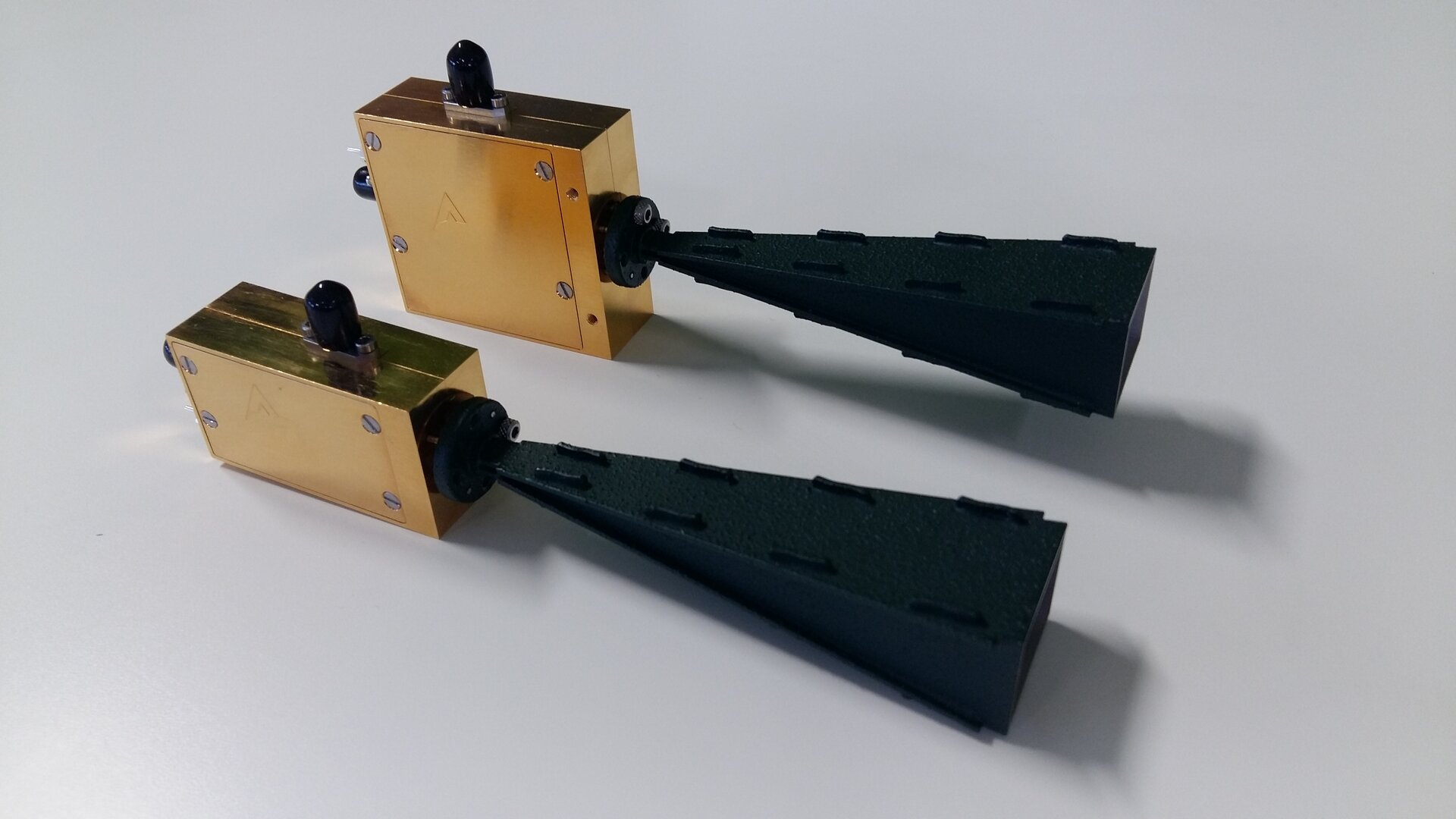Design & build 94Ghz radar front end modules
| Programme: | GSTP | Achieved TRL: | 5 |
| Reference: | G627-044ET | Closure: | 2016 |
| Contractor(s): | ARRALIS (IE) | ||
Recent developments in monolithic millimeter wave integrated circuit (MMIC) technologies, have enabled commercially viable RF systems, such as radars and radiometers, at high millimeter wave frequencies up to 100 GHz, and soon above.
While conventional radars operate at microwave frequencies (below 30 GHz), radar systems at high mm-wave frequencies have certain benefits that make them attractive for many users.
This is due to the fact that shorter wavelength allows for more precise pinpointing of the target, smaller equipment and smaller antennas. Due to enabling MMIC technologies, ARRALIS have identified a business opportunity in the global radar market to develop a very high resolution imaging system at 94 GHz.
Objective(s)
The objective of the activity was to develop receiver and transmitter modules that constitute the basic RF front-end functions of a 94 GHz radar system. The RF functions in the modules comprise up- and down converters, low-noise amplifier, power amplifier, RF switch and a local oscillator multiplier chain starting from 10 GHz range. All RF functions are implemented by using commercial MMIC technology.

Achievements and status
ARRALIS has achieved the goal which was the design and fabrication of core chip up and down converter MMICs and the integration of same into receiver and transmitter modules which are now being optimised for customer in the radar and communications markets.
As the business case has now realised, Arralis is now employing several strategies in order to promote the future commercial success of the products by ramping up production while reducing the bill of materials to improve the price point.
Further integration of the products is already underway to make customer interaction simpler and ensure timely technology adoption.
Benefits
The radar system provide high resolution imagery that is beneficial for aviation landing systems, runway debris and bird control. Another area of interest is in industrial measurements such as fluid level control. The technology can be extended easily for W-band space communications where first development steps are being taken by the Agency today.
Next steps
ARRALIS have already established a self-standing business on the radar modules with several customers in avionic industry world-wide. Therefore further Agency funding is not foreseen at this moment. However, along the evolutions in W-band telecom RF systems, ARRALIs will have a strong position in participating in ARTES.


